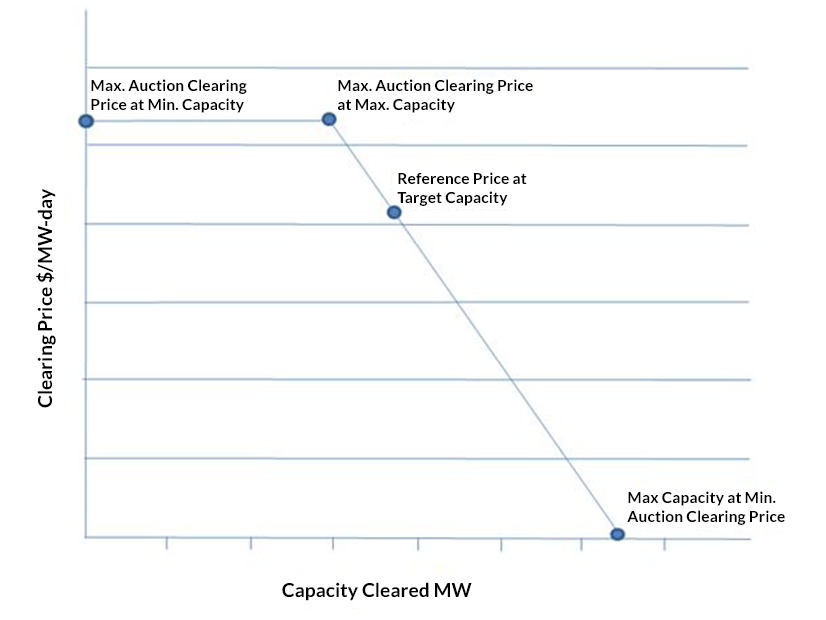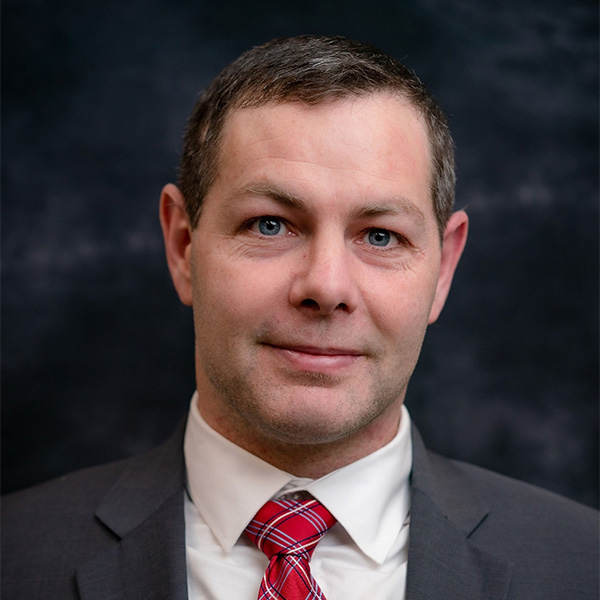November Operating Metrics
PJM’s forecasting of hourly peak loads continued to improve in November, with an error rate of just 1.17%, lead engineer Marcus Smith told the RTO’s Operating Committee on Dec. 4.
And while the 1.31% error rate for hourly forecasts was higher than October, it remained below the two-year average, Smith said.
He said forecasts held up on Nov. 11, when Veterans Day coincided with the lowest temperatures of the month, while Thanksgiving was the coldest observed since 2018. Holiday load forecasts have taken on pronounced importance since December 2022’s Winter Storm Elliott, when gas generators struggled to determine whether they should nominate for fuel packages spanning the long weekend. (See PJM Recounts Emergency Conditions, Actions in Elliott Report.)
Nov. 20 was the only day with a peak error rate exceeding the RTO’s 3% error benchmark, with cooler weather pushing the peak load to 3.15% higher than forecast.
There were three spin events, three shared reserve events, two geomagnetic disturbance warnings, 13 shortage cases and 14 post contingency local load relief warnings in the month.
Eight of the shortage cases were declared on the morning of Nov. 18, leading stakeholders to question whether solar ramping was a factor. PJM’s David Kimmel said there have been a higher number of shortage cases related to solar over the past few months, but staff still are investigating the drivers on that day.
One shortage case was issued on Nov. 16 and four on the following day, which were attributed to software issues.
A Nov. 11 spin event lasted 10 minutes and 17 seconds, meeting PJM’s threshold for including it in a three-event rotating average being tracked for determining whether the RTO should back down a 30% adder on the synchronized and primary reserve requirement implemented in May 2023.
The RTO assigned 2,051 MW of generation, of which 80% responded, and 673 MW of demand response, with a 91% response. If performance across three events longer than 10 minutes exceeds 75%, the adder will be reduced by 10%, with the possibility of it being further reduced if performance is higher than 85 or 95%. (See PJM OC Briefs: March 6, 2025.)
Monitor Presents Synchronized Reserve Performance Inquiry
The Independent Market Monitor updated the results of its ongoing inquiry into the contributors to low synchronized reserve performance, which has involved reaching out to resource owners whose units under- or overperformed their commitments during deployments exceeding 10 minutes.
The Monitor first presented its findings during the OC meeting Nov. 3. (See PJM Monitor Presents Spin Event Performance.)
Communications issues have become less of a factor since the first event the Monitor investigated on July 8, 2024; however, inadequate training and incorrect parameters continue to be issues, it said.
Incorrect parameters were the largest cause of shortfalls during an Oct. 17 spin event, which saw 2,336 MW assigned with a response rate of 81%. The second largest cause was modeling issues, with the remaining contributors having too few respondents to be reportable because of confidentiality rules.
An Oct. 28 event saw 2,015 MW assigned and 69% responding, with software and hardware issues being the main driver, followed by incorrect parameters.
The Monitor recommended that PJM revise its reserve performance metrics by including all assigned reserves and recognizing overperformance in the calculation. Doing so would increase performance during the Oct. 17 event to 100% and result in 81% performance on Oct. 28.
PJM Seeks Quick Fix on Data Communications
PJM presented a quick-fix solution to revise Manual 1: Control Center and Data Exchange Requirements seeking to add clarity around how the RTO and members share information.
Language was added to reflect NERC’s reliability standard CIP-012-2 (Cybersecurity – communications between control centers), which requires entities to have plans to “mitigate the risks posed by unauthorized disclosure, unauthorized modification and loss of availability of real-time assessment and real-time monitoring data in transit between applicable control centers.” It details the RTO’s PJMNet system for internal communications.
The section detailing the RTO’s Energy Management System (EMS) would be revised to require members submitting distributed network protocol links to provide data maps and definitions. The language includes a statement that PJM will not consume or process data not required for its own purposes.
“This policy additionally ensures fair and balanced benefits of PJM [supervisory control and data acquisition] and networking resources, and ensures that PJM does not prematurely surpass inherent data size limits of the EMS,” the manual language reads.


